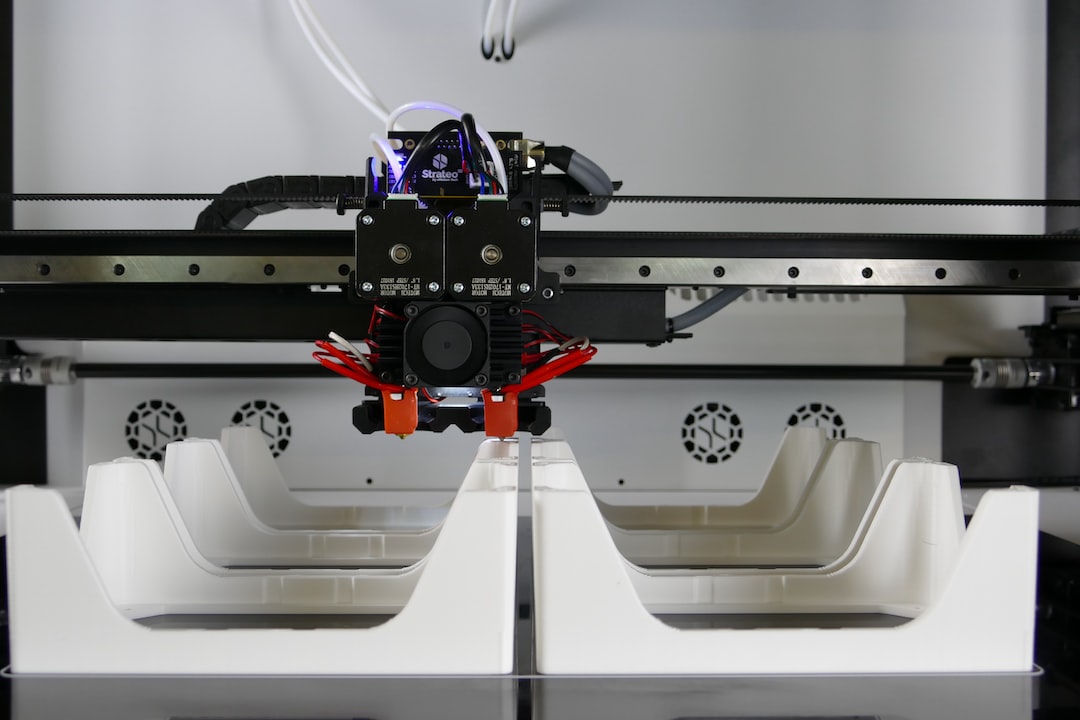Exploring Green Manufacturing: Eco-Friendly Practices
In recent years, there has been a growing concern about the impact of manufacturing on the environment. With increasing global awareness about climate change and the depletion of natural resources, there is a pressing need for industries to adopt eco-friendly practices. This has led to the rise of green manufacturing, a concept that emphasizes sustainability and reduces the environmental footprint of manufacturing processes. In this blog post, we will explore the importance of green manufacturing and some of the practices that can be adopted to achieve eco-friendliness.
Green manufacturing is an approach that aims to minimize the environmental impact of manufacturing practices while maximizing productivity and efficiency. It involves the use of renewable energy sources, reduction of waste and emissions, and the incorporation of sustainable materials and processes. By adopting green manufacturing practices, companies can contribute to the preservation of natural resources and reduce their carbon emissions, making a positive impact on the environment.
One of the key practices in green manufacturing is energy efficiency. Industrial operations are notorious for their high energy consumption, which contributes significantly to greenhouse gas emissions. By implementing energy-efficient technologies and processes, companies can reduce their carbon footprint and save on operational costs. This can be achieved through the use of energy-efficient machinery, optimized manufacturing processes, and the adoption of renewable energy sources like solar or wind power.
Another important aspect of green manufacturing is waste reduction. Traditional manufacturing processes often generate significant amounts of waste, which not only depletes resources but also poses a risk to the environment. By embracing sustainable practices such as lean manufacturing and recycling, companies can minimize waste generation and move towards a circular economy. This can involve the use of recycled materials, implementing closed-loop systems, and reducing packaging waste.
Water conservation is also a crucial component of green manufacturing. Water scarcity is a global issue, and industries are major contributors to water pollution and wastage. By implementing water-saving strategies such as recycling water, using low-flow technologies, and treating wastewater, companies can minimize water usage and protect this valuable resource. Additionally, implementing water-efficient processes can reduce costs and increase operational efficiency.
The materials used in manufacturing also play a significant role in green manufacturing. By using sustainable materials like bamboo, recycled plastics, and organic textiles, companies can reduce their reliance on non-renewable resources and minimize the environmental impact of their products. Furthermore, by designing products to be easily disassembled and recyclable, companies can promote a circular economy and reduce the amount of waste ending up in landfills.
Additionally, green manufacturing practices can extend to the supply chain. By collaborating with suppliers who prioritize sustainability and environmental responsibility, companies can ensure that their products are sourced ethically and responsibly. This includes selecting suppliers who follow fair labor practices and use eco-friendly materials and processes. By doing so, companies can enhance their brand image and meet the growing consumer demand for environmentally conscious products.
To conclude, green manufacturing is a crucial approach for industries to adopt in order to protect the environment and promote sustainability. By implementing practices such as energy efficiency, waste reduction, water conservation, and the use of sustainable materials, companies can reduce their environmental impact and contribute to a greener future. As consumers become increasingly conscious about the environmental implications of products, adopting eco-friendly manufacturing practices is not just a moral imperative, but also a strategic business move that can lead to long-term success. By exploring and investing in green manufacturing, companies can pave the way for a more sustainable and environmentally friendly manufacturing industry.

